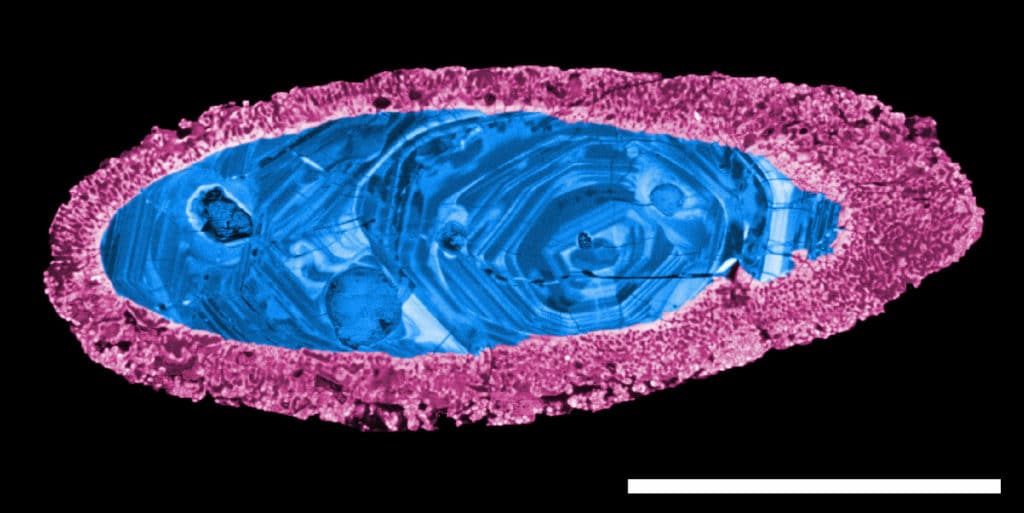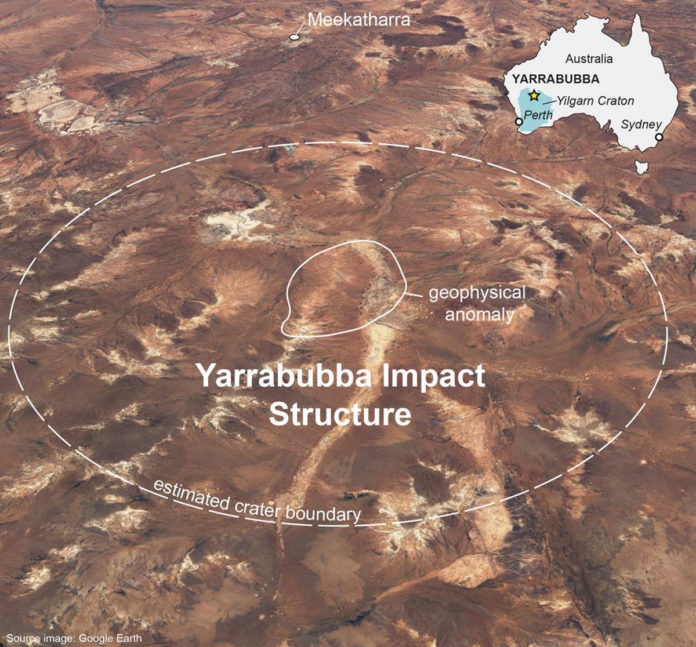NASA scientists recently discovered the Earth’s oldest Meteor Crater- Yarrabubba meteor crater.
Yarrabubba meteor crater is approximately 2.229 billion years old and is 200 million years older than the previously oldest known crater.
The Yarrabubba impact structure is located in a very remote part of Western Australia. The original crater is believed to have been 70 kilometers across, though its remnant today is only 20 kilometers.
Scientists are keen to dating the age of meteor strikes as they believe these impacts play a vital role in the environmental development and history of our planet.
Timmons Erickson, a research scientist with the Astromaterials Research and Exploration Science division, or ARES, at NASA’s Johnson Space Center, said, “The site is so old that today it doesn’t look like the typical impact crater that would have a visible rim and deep bowl. Instead, Yarrabubba’s once-defining features have been worn away by the wind, rain, and other natural forces, leaving only overgrown rocky outcrops and ridges.”

Scientists dated the age of Yarrabubba meteor crater by searching for rocks that showed signs of being subjected to the shock and heat of a meteor strike. They mainly collected rock samples that contain two minerals: zircon and monazite. The minerals are crystals that contain uranium and lead, the ratio of which can be measured to determine the age of the rock.
Then by using, an electron microscope, scientists took a gander at crystals that were melted by the meteor impact. The scientists then measured the uranium and led in those crystals to calculate their age: 2.229 billion years old.
The timing of Yarrabubba’s impact coincides with the formation of some of Earth’s earliest icecaps and glaciers, shortly after the emergence of oxygen in the atmosphere.
The scientists recently announced their findings in the journal Nature Communications.
